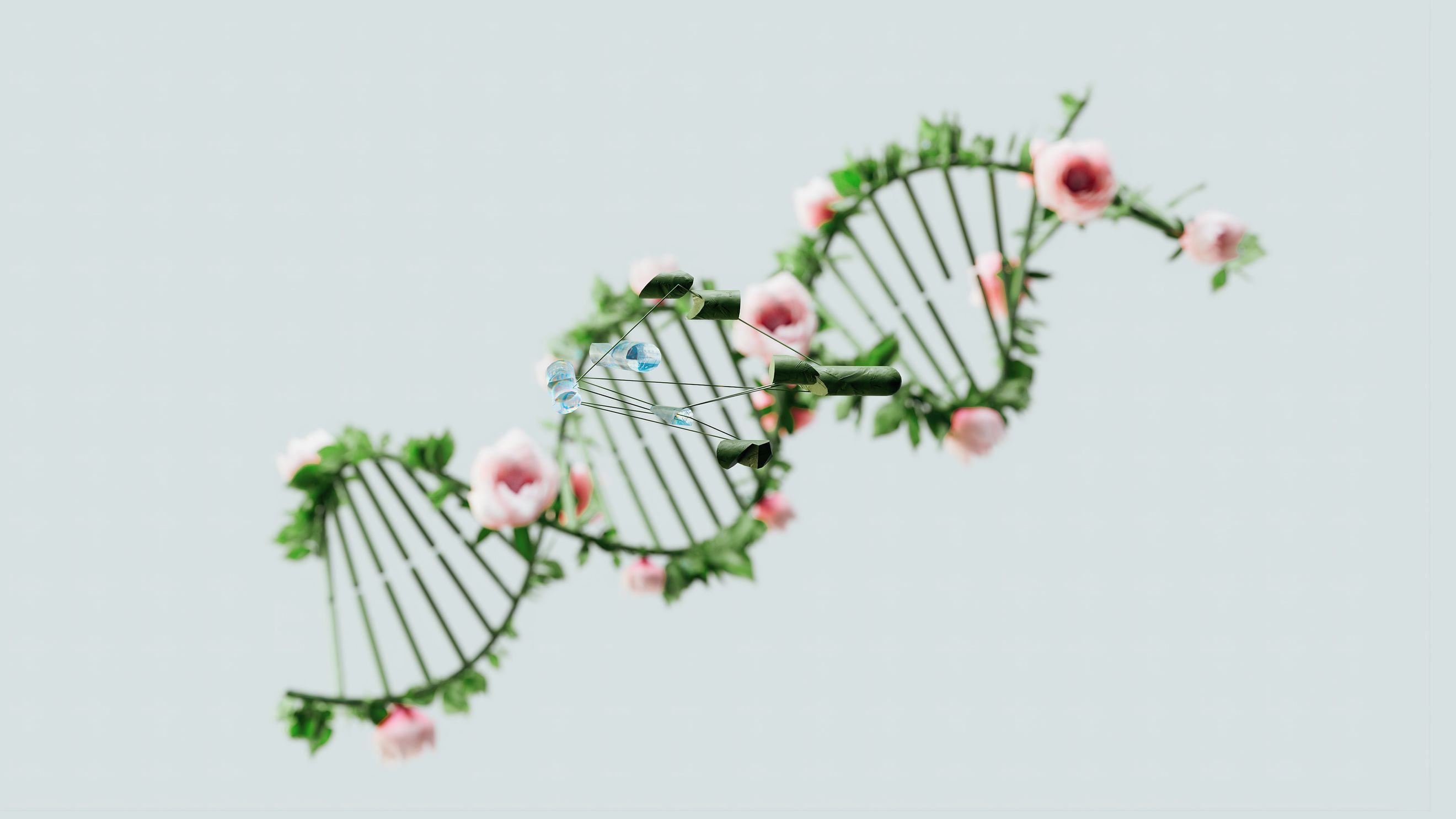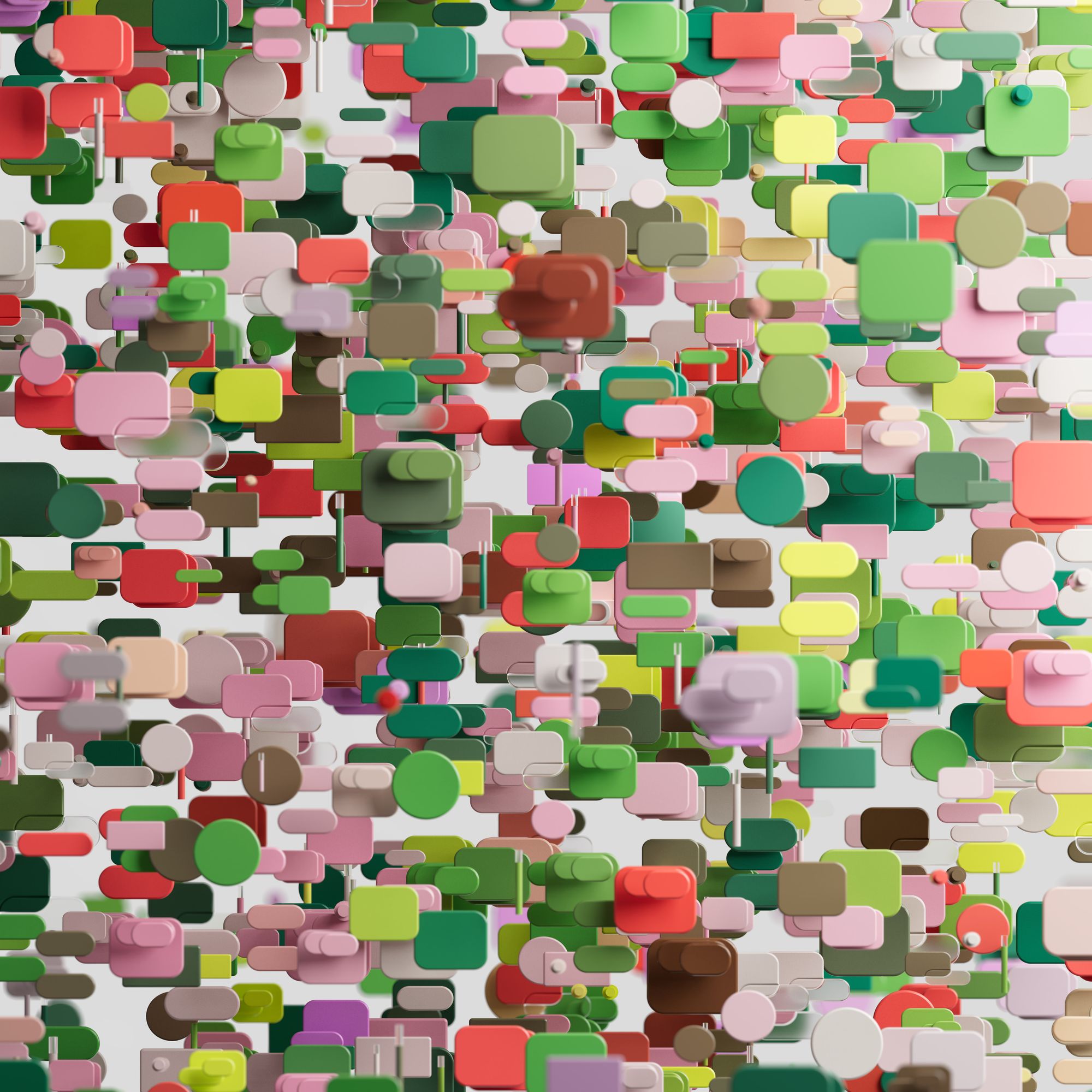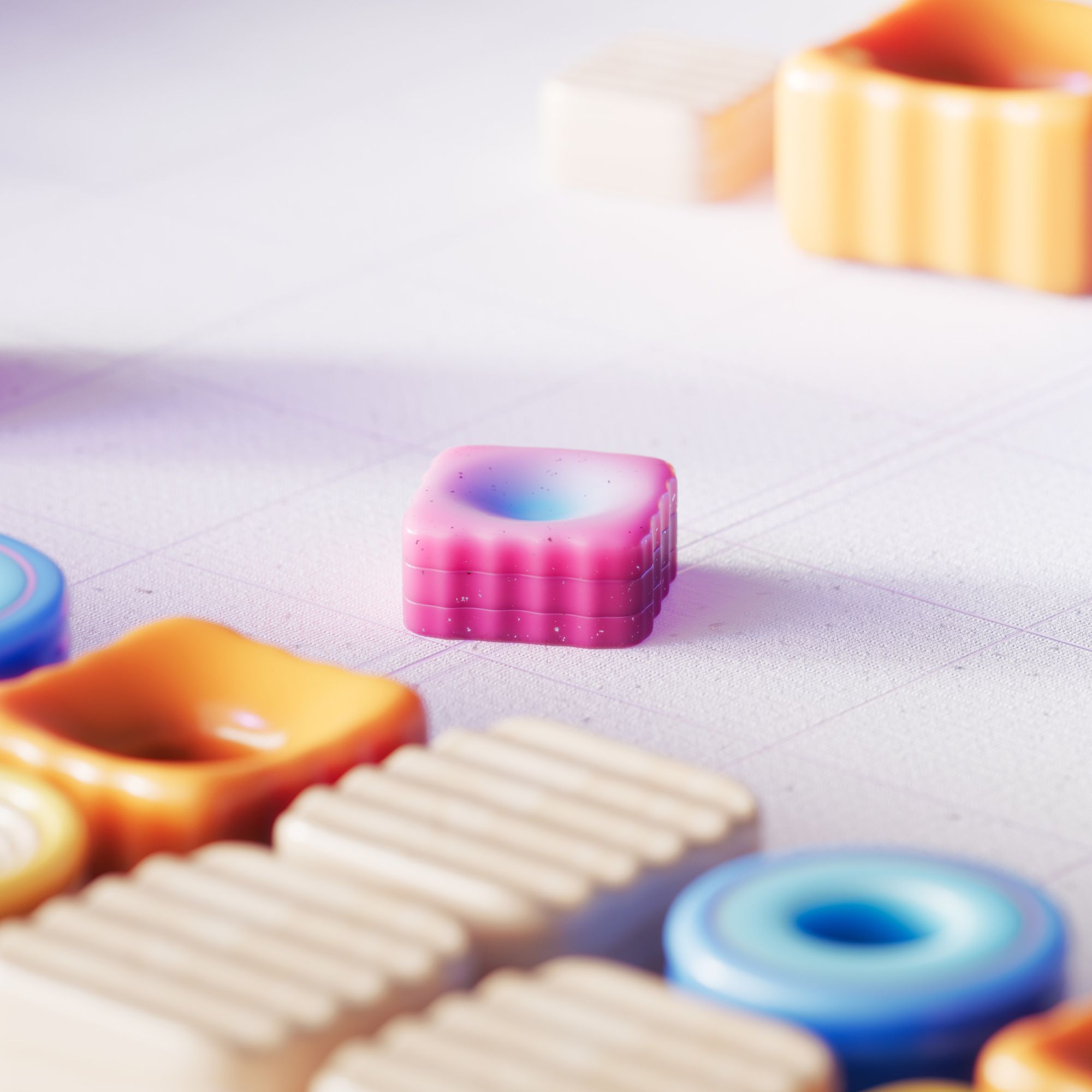
Decoding Creativity: AI’s Dexterity in Constructing Novel Concepts
Explore AI’s remarkable ability to create entirely new and unprecedented concepts, synthesizing novel experiences out of chaos, and harmoniously merging sound and sight. Dive into how AI is pushing the boundaries of creativity and reshaping artistic expression.
Welcome back to our exciting journey exploring the intersection of artificial intelligence and creativity! In this series, we’re diving deep into the intricate mechanisms that allow AI to fabricate elements of art, literature, music, and more, in ways that were once deemed exclusive to human imagination. Each article unravels a unique aspect of AI’s capabilities, offering a blend of simplicity and depth to foster understanding whether you're new to the topic or well-acquainted with the technological intricacies.
Continuing our series, today's discussion delves into AI's innovative ability to synthesize entirely new concepts, a feat akin to generating a new color that has never been perceived before. By leveraging a plethora of data and intricate algorithms, AI is capable of bringing forth novel creations, enabling us to experience unprecedented forms of art, literature, and music.
1. Beyond Pre-existing Concepts:AI's innovative prowess goes beyond mere replication or modification of existing ideas. It can understand, interpolate, and generate truly original concepts, transcending the boundaries of known patterns and combinations. It stretches the realms of possibility, creating a spectrum of novel experiences for us to explore and enjoy.
2. Crafting Novelty from White Noise:AI's creativity manifests strikingly when it starts with nothing but pure white noise, a blank canvas devoid of structure or meaning, and gradually uncovers unseen patterns, synthesizing novel creations. This process is emblematic of AI’s ability to infuse coherence and meaning into seemingly chaotic and unrelated elements, crafting a masterpiece out of the void.

3. The Fusion of Sound and Sight: In a groundbreaking fusion of auditory and visual elements, AI can represent sound, such as music, as images—spectrograms, enabling the exploration of auditory elements in a visual format. This innovative approach allows AI to traverse the domains of sound and sight seamlessly, offering unprecedented avenues for creative synthesis and artistic exploration.
4. The Genesis of Unprecedented Creations: Possessing the ability to blend disparate elements, AI can generate creations that have no precedent, such as a song that uniquely amalgamates distinct musical styles. It’s like experiencing a new genre of music, a novel blend of flavors, or a previously unseen color, expanding our sensory horizons and enriching our experiences.
5. The Role of Textual Cues: AI's ability to decipher and implement textual cues plays a crucial role in its creative endeavors. It comprehends the nuances embedded in text, translating abstract descriptions into vivid creations, thereby turning words into tangible experiences. This capability allows us to interact with AI in a more intuitive way, guiding it to materialize our imaginations accurately.

6. An Evolving Artistic Landscape: As AI continues to refine its creative abilities, it promises to redefine the boundaries of artistic expression. It’s not merely a tool for creation but an entity capable of conceiving unheard-of ideas and unprecedented forms of expression, pushing the artistic envelope and propelling us into uncharted creative territories.
Conclusion:
In this exploration, we've seen how AI’s ingenious capabilities allow it to generate entirely new concepts, changing our perceptions of creativity and artistic expression. Its ability to turn chaos into coherence, to represent sound as sight, and to understand and implement textual cues, opens up new realms of possibility, reshaping our creative landscape and expanding our experiential horizons.
Welcome back to our exciting journey exploring the intersection of artificial intelligence and creativity! In this series, we’re diving deep into the intricate mechanisms that allow AI to fabricate elements of art, literature, music, and more, in ways that were once deemed exclusive to human imagination. Each article unravels a unique aspect of AI’s capabilities, offering a blend of simplicity and depth to foster understanding whether you're new to the topic or well-acquainted with the technological intricacies.
Continuing our series, today's discussion delves into AI's innovative ability to synthesize entirely new concepts, a feat akin to generating a new color that has never been perceived before. By leveraging a plethora of data and intricate algorithms, AI is capable of bringing forth novel creations, enabling us to experience unprecedented forms of art, literature, and music.
1. Beyond Pre-existing Concepts:AI's innovative prowess goes beyond mere replication or modification of existing ideas. It can understand, interpolate, and generate truly original concepts, transcending the boundaries of known patterns and combinations. It stretches the realms of possibility, creating a spectrum of novel experiences for us to explore and enjoy.
2. Crafting Novelty from White Noise:AI's creativity manifests strikingly when it starts with nothing but pure white noise, a blank canvas devoid of structure or meaning, and gradually uncovers unseen patterns, synthesizing novel creations. This process is emblematic of AI’s ability to infuse coherence and meaning into seemingly chaotic and unrelated elements, crafting a masterpiece out of the void.

3. The Fusion of Sound and Sight: In a groundbreaking fusion of auditory and visual elements, AI can represent sound, such as music, as images—spectrograms, enabling the exploration of auditory elements in a visual format. This innovative approach allows AI to traverse the domains of sound and sight seamlessly, offering unprecedented avenues for creative synthesis and artistic exploration.
4. The Genesis of Unprecedented Creations: Possessing the ability to blend disparate elements, AI can generate creations that have no precedent, such as a song that uniquely amalgamates distinct musical styles. It’s like experiencing a new genre of music, a novel blend of flavors, or a previously unseen color, expanding our sensory horizons and enriching our experiences.
5. The Role of Textual Cues: AI's ability to decipher and implement textual cues plays a crucial role in its creative endeavors. It comprehends the nuances embedded in text, translating abstract descriptions into vivid creations, thereby turning words into tangible experiences. This capability allows us to interact with AI in a more intuitive way, guiding it to materialize our imaginations accurately.

6. An Evolving Artistic Landscape: As AI continues to refine its creative abilities, it promises to redefine the boundaries of artistic expression. It’s not merely a tool for creation but an entity capable of conceiving unheard-of ideas and unprecedented forms of expression, pushing the artistic envelope and propelling us into uncharted creative territories.
Conclusion:
In this exploration, we've seen how AI’s ingenious capabilities allow it to generate entirely new concepts, changing our perceptions of creativity and artistic expression. Its ability to turn chaos into coherence, to represent sound as sight, and to understand and implement textual cues, opens up new realms of possibility, reshaping our creative landscape and expanding our experiential horizons.
'

